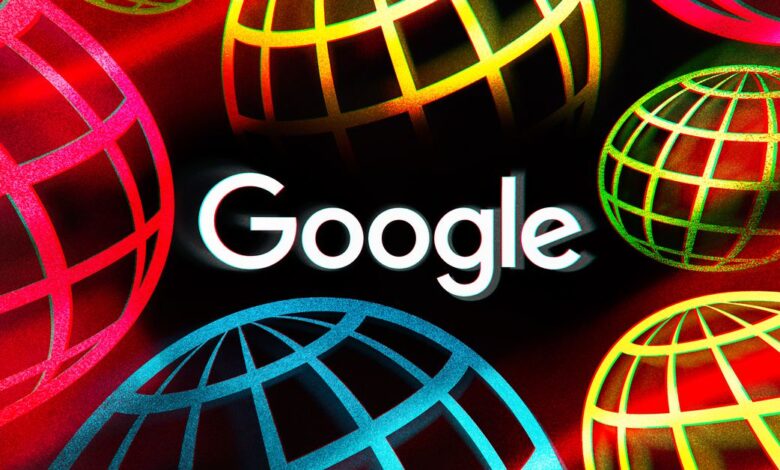Google says it’s dropping Material Design components on iOS in favor of Apple’s UIKit

[ad_1]
Google is phasing out its use of Material Design user interface components for its iOS apps in favor of leaning more on Apple’s own UIKit. The company says the result of the switch should be less work for its iOS development team, but, more importantly, it’s likely the change will mean that Google’s iOS apps will feel less like interlopers on Apple devices. Instead of obeying Android’s UI conventions, they should look and feel more like they belong on iOS.
The change was announced on Twitter by Jeff Verkoeyen, engineer lead for Google Design on Apple’s platforms. I recommend reading the full thread if you’re interested, but Verkoeyen says his team “shifted the open source Material components libraries for iOS into maintenance mode” earlier this year. Material Design is Google’s in-house set of design conventions, which it introduced in 2014 in order to unify the look and feel of its apps and services across mobile devices, Chrome OS, and the web.
This year my team shifted the open source Material components libraries for iOS into maintenance mode. Why?
A …
— Jeff Verkoeyen (@featherless) October 7, 2021
This evolution of how we approach design for Apple platforms has enabled us to marry the best of UIKit with the highlights of Google’s design language.
The result? Many custom components simply aren’t needed anymore. And the ones that are, they now get more attention and focus.
— Jeff Verkoeyen (@featherless) October 7, 2021
The time we’re saving not building custom code is now invested in the long tail of UX details that really make products feel great on Apple platforms. To paraphrase Lucas Pope, we’re “swimming in a sea of minor things”, and I couldn’t be more excited about this new direction.
— Jeff Verkoeyen (@featherless) October 7, 2021
Verkoeyen said Google developed its own Material Design components for iOS, but, over time, found that these have been “slowly drifting further and further from Apple platform fundamentals because those fundaments were also evolving year over year.” Instead of creating work for itself by filling those gaps, Verkoeyen says Google has now decided to use Apple’s own UIKit for it iOS apps. He notes that doing so will “result in much tighter integrations with the OS than what we can reasonably achieve via custom solutions.”
Verkoeyen’s phrasing is somewhat oblique here, but many are interpreting the thread — including that mention of “tighter integrations” — as meaning that Google’s iOS apps will, in the future, follow more of the design conventions of Apple’s mobile OS. That might mean using fewer custom buttons that look like they belong on Android, for example.
As long-time Apple journalist Jason Snell commented: “This is good news. It’s good for Google’s developers, who no longer have to build that custom code. And more importantly, it’s good for people who use Google’s apps on iOS, because with any luck they’ll be updated faster, work better, and feel more like proper iOS apps, not invaders from some other platform.”
The proof of the pudding is in the eating, though, and until Google actually starts updating it iOS apps over the coming years, we won’t really know how it plans to marry the two design approaches. Let’s hope it does the right thing, and just makes things easiest for users. We will see.
[ad_2]
Source link






